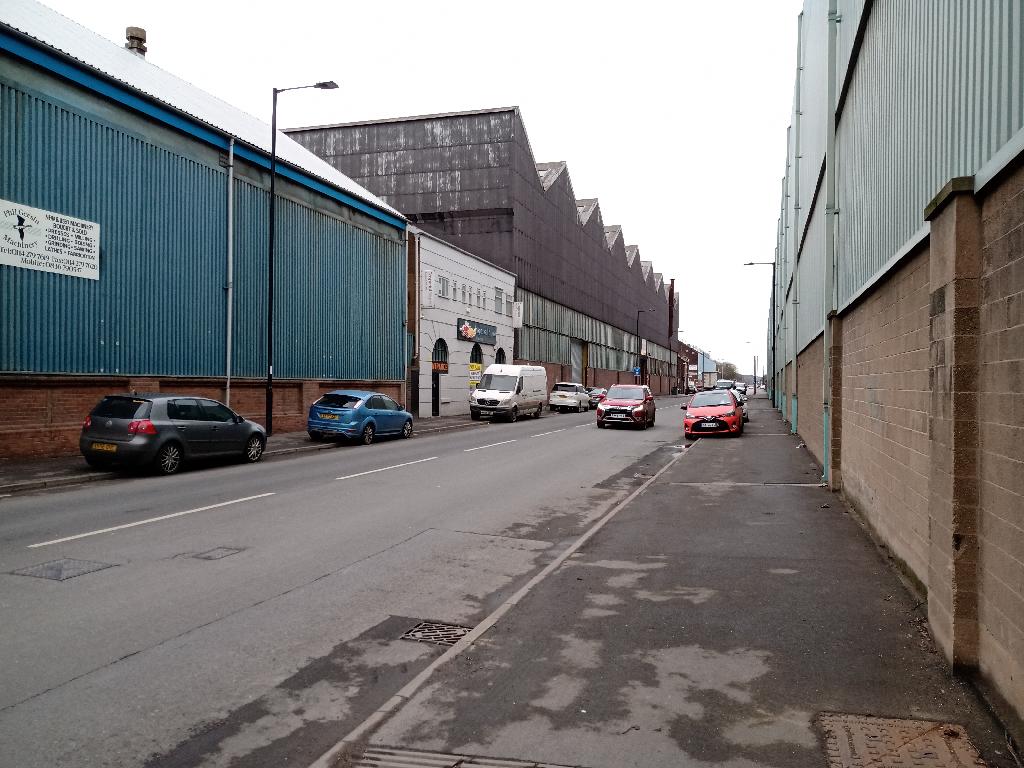Steel Pizza
Writing Challenge 2023
Posted by Chris Sissons on Aug 16, 2023
Writing Challenge » Chris Sissons

I’m not an expert on cities and their inner life. Perhaps the inner life of a city is the sum of all the stories, told and untold, from the first small hamlet to today’s metropolis.
One strand of that story is economics. The financial life of the city explains a lot but it is not enough. Perhaps when we think about the inner life of the city, we are not unreasonably comparing it with the inner life of humans.
But a city is not a human being. I suspect the city equivalent of the inner life is its outer life. On Day 2, I wrote about the geography of the city and it is the lie of the land that makes this city what it is. Indeed, water is often a guide to what makes any city.
Sensible people build cities on a plain with plenty of options for transport, in and out, by land and boat. Fortunately, cities are not built by sensible people. Only a nutter would build a city on 7 hills.
But there is wisdom in nuttiness.
The rivers powered the factories and so the city followed the rivers. People understood water and so built many sorts of water engineering eg dams (mainly outside the city today but once close to residential areas), weirs, goyts. Probably the oldest goyt is at Kelham Island. It’s 11th century. The area is 35th out of the 51 coolest places in the world!
For many years, the nature of the land was such that large-scale industry was difficult. So, it meant that most manufacturing was carried out by Little Mesters. So, land was carved into tiny parcels and when the age of bigger industry arrived, it was easier to build in new areas and so most of the heavy industry grew up in the Lower Don Valley, downstream from Kelham.
The photo is of Carlisle Street in the LDV. You begin to get some idea of what it was like up to the 1980s when the steel industry collapsed. Carlisle Street was lined by huge rolling mills, up to a mile long. Steel ingots were rolled into sheet metal or wire. Each mill was separated by a side road, usually with a couple of pubs. Steel was thirsty work and the men, at all hours of the day, visited after work to replenish their liquid and salt intake.
The men who worked in these huge mills did not share the experience of the Little Mesters and this was one source of conflict in the city. But in the end, it boils down to the hills and the relatively flat surface of the LDV.
Today, I walked along Carlisle Street and then dropped down for lunch at a genuine Italian pizza place in the middle of a formerly (and still to some extent) steel area. Meadowhall and its retail park, Ikea (a huge purveyor of meatballs), the Arena and sports facilities have all sprung up on flat but spoilt land. It isn’t fit for houses, in case people eat what they grow in their gardens. And we have the “Blue Loop” of the River and Canal, meaning you can walk through nature with the sounds of industry around you. (Although “blue” is pushing reality to the uttermost – grey might be more accurate – but what is life without a little romance?)
This year's Writing Challenge, fueled by prompts, is about the City of Sheffield. Be surprised by what's included and even more surprised by what's left out. This is Post 19 and there are 21 altogether. Share your thoughts and your love for the City in the comments. The first Post 0 is Context: Sheffield. The last post 18 is Silence! (Cough, Cough ...). The next post 20 is The Fat Cat.
Comments
Leave a comment.
Leave a comment.



 )
)